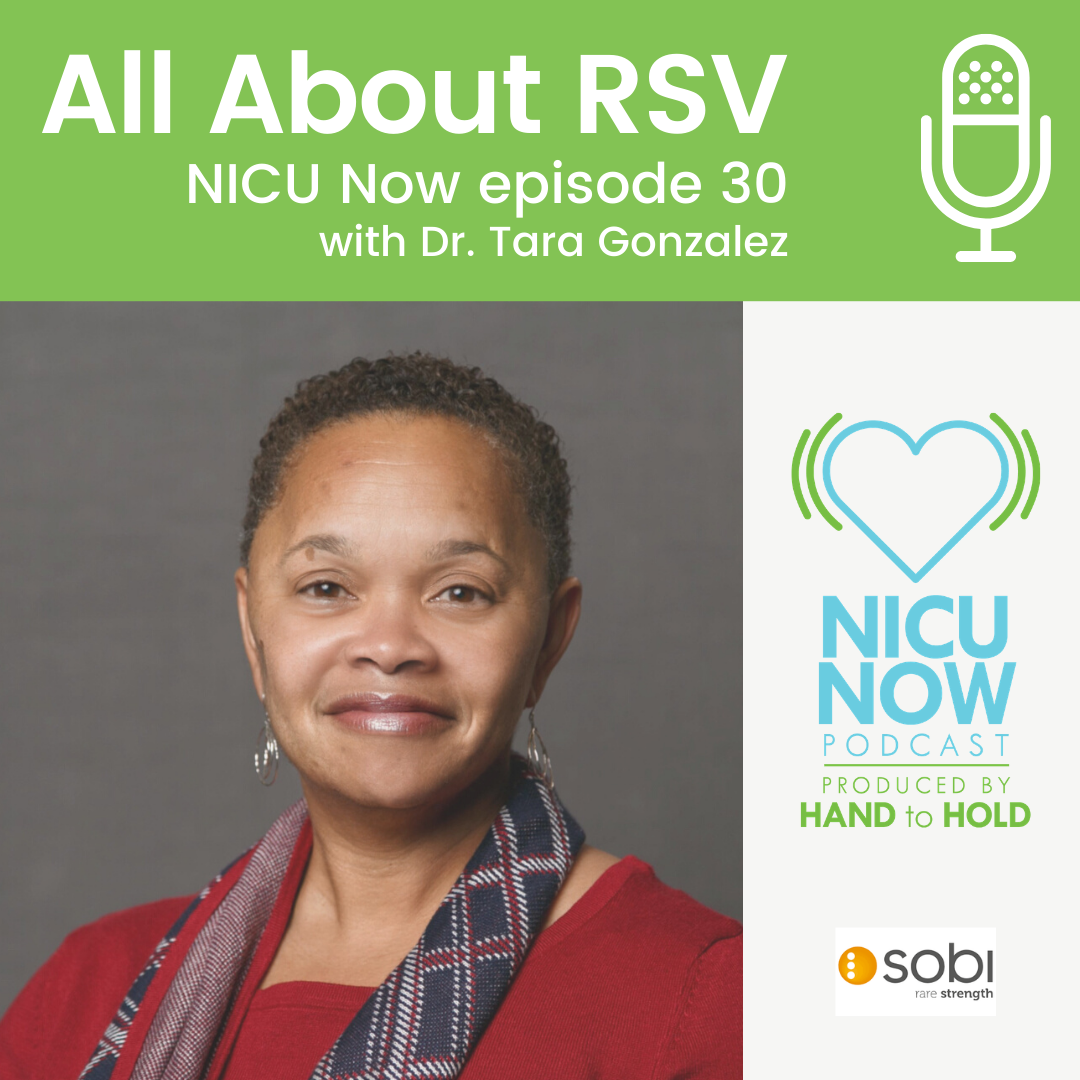
RSV is one of the most common respiratory infections. Most children have been infected with the virus by the age of two. For most children and adults, contracting RSV isn’t a serious issue, with the virus causing mild symptoms that mimic the common cold. In these cases, self care measures are usually all that’s needed to relieve the discomfort. However, for premature or immunocompromised babies and children, RSV can cause severe infection that requires prompt medical treatment. It’s sometimes difficult to know when to take your child to urgent care, especially during flu and cold season and with the new challenges presented by COVID-19.
We spoke with Dr. Tara Gonzales, the general pediatrician and national physician lead for Synagis franchise at Sobi North America about RSV and what symptoms parents can look out for.
When is RSV season?
RSV is a viral infection that happens during the time that we are most commonly looking for respiratory viruses. In most of the United States, the RSV season starts in the fall and lasts throughout the spring. But it can vary by year and geographic region. For example, in Florida, the RSV season is much longer and that can also vary between the regions within the state. In the U.S. territory of Puerto Rico, the RSV season can last year-round, due to the warm temperatures and the seasonal rainfall.
RSV is the most common respiratory virus, and it is accountable for the most common cause of hospitalizations of infants in the United States. So every pediatrician, every family practice doctor, anyone who cares for children is very aware of RSV and very aware of when the RSV season occurs. So it’s common, almost every child by the time they reach two years of age has had an RSV infection. Some just are more significant than others.
How do I know if my baby has RSV?
Most RSV-infected infants and children experience mild upper respiratory tract symptoms, just like a cold. But for about 25-40%, they can go on to develop a lower respiratory tract infection with low respiratory tract symptoms: runny nose, cough and even fever. You would notice that your child is having increased difficulty breathing. You may even hear wheezing.
You can also tell if an infant is having trouble breathing because they have what we call nasal flaring. When you can actually see their nostrils opening and closing, it means they’re working hard to breathe. You may also notice abdominal breathing, where their abdomen is going up and down, and you can see retractions where you actually see their ribs because they are sucking in hard to breathe. If you are seeing these signs, then seek medical help immediately.
 Listen to the full conversation and learn more about RSV from Dr. Tara Gonzales in episode 30 of the NICU Now podcast.
Listen to the full conversation and learn more about RSV from Dr. Tara Gonzales in episode 30 of the NICU Now podcast.
